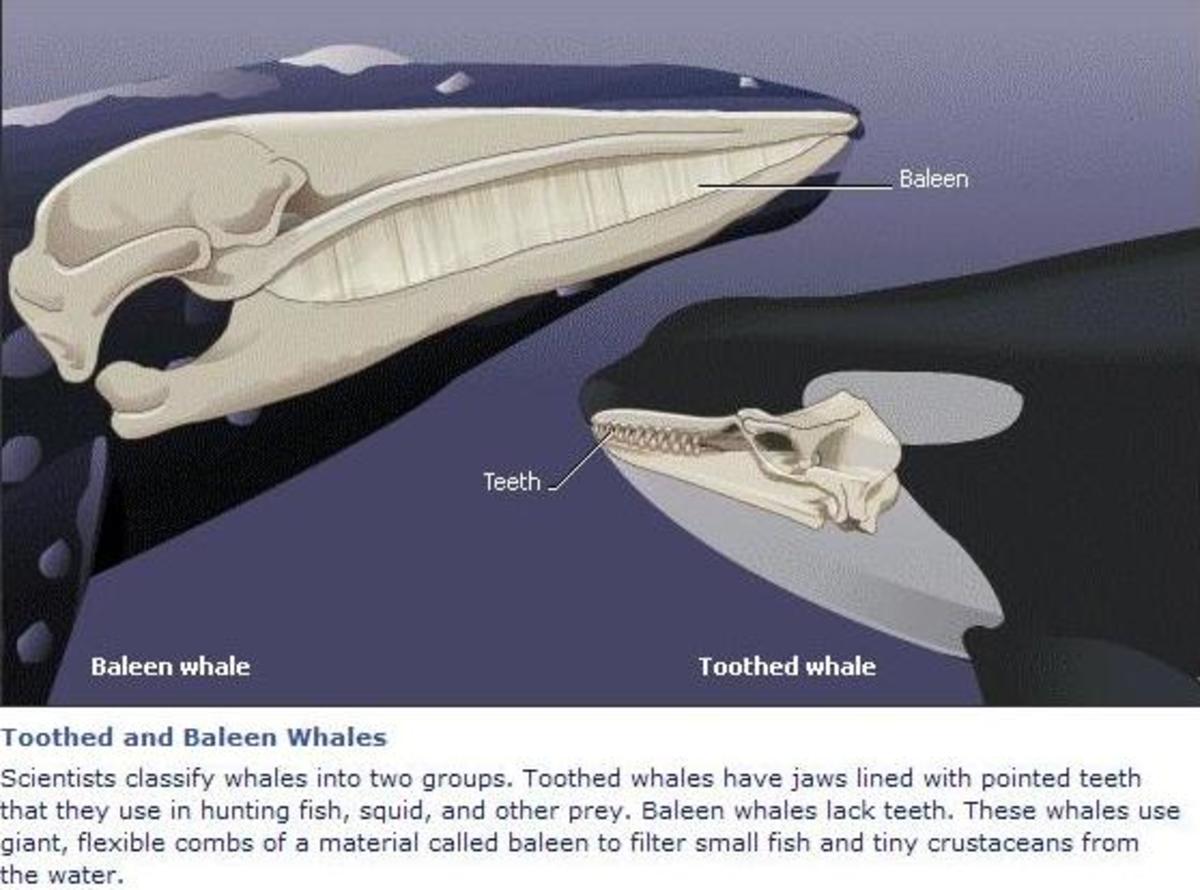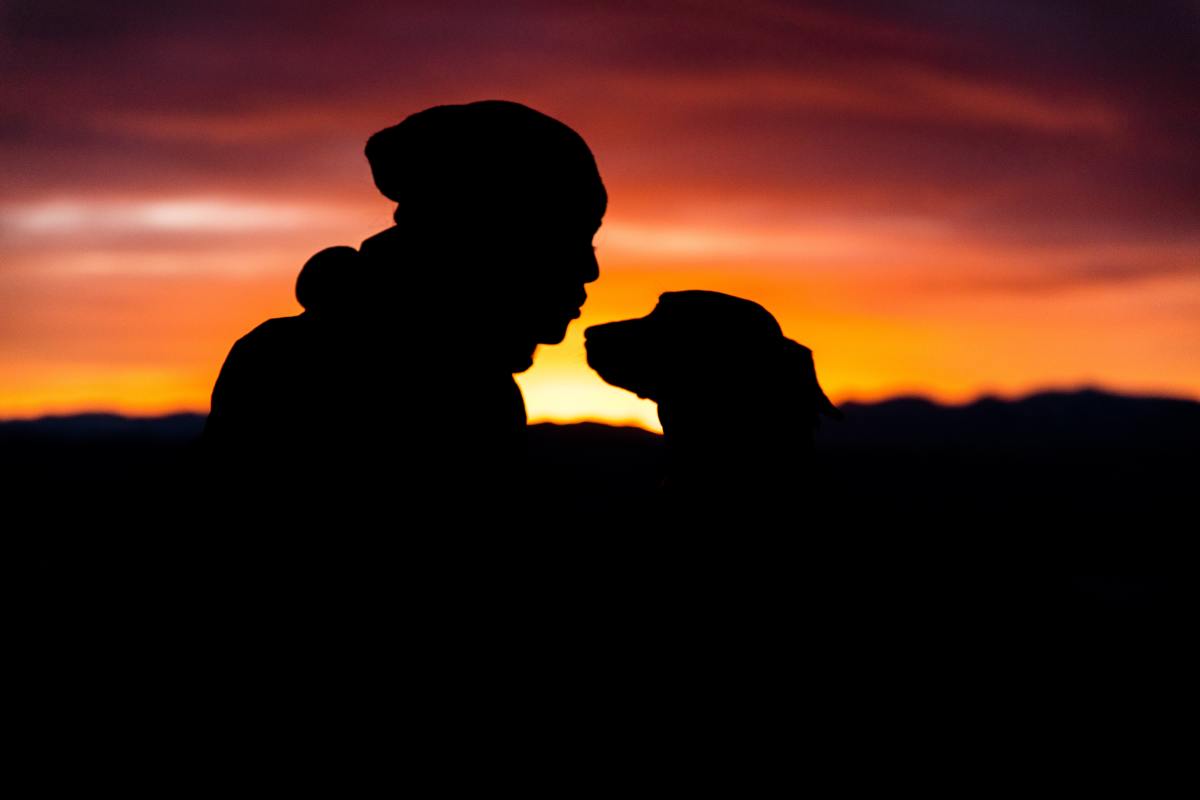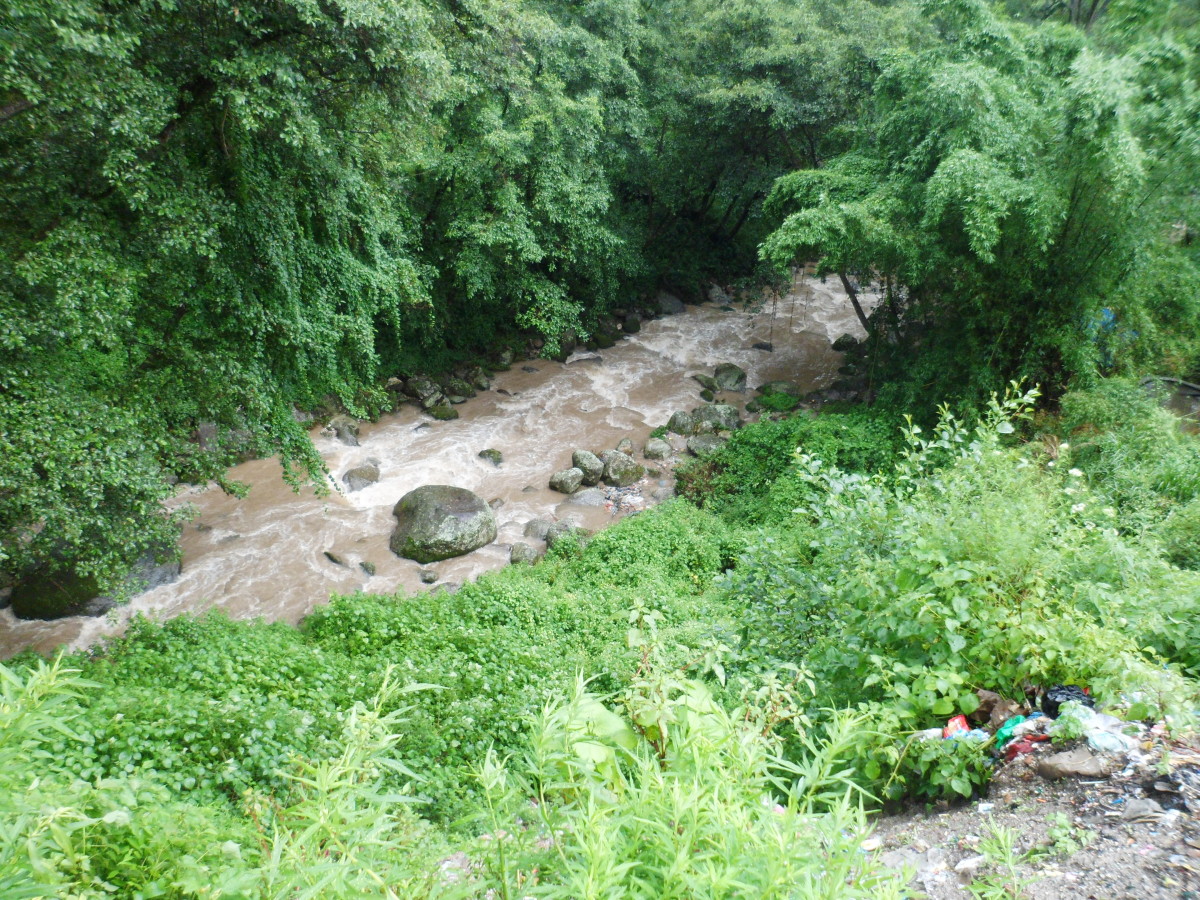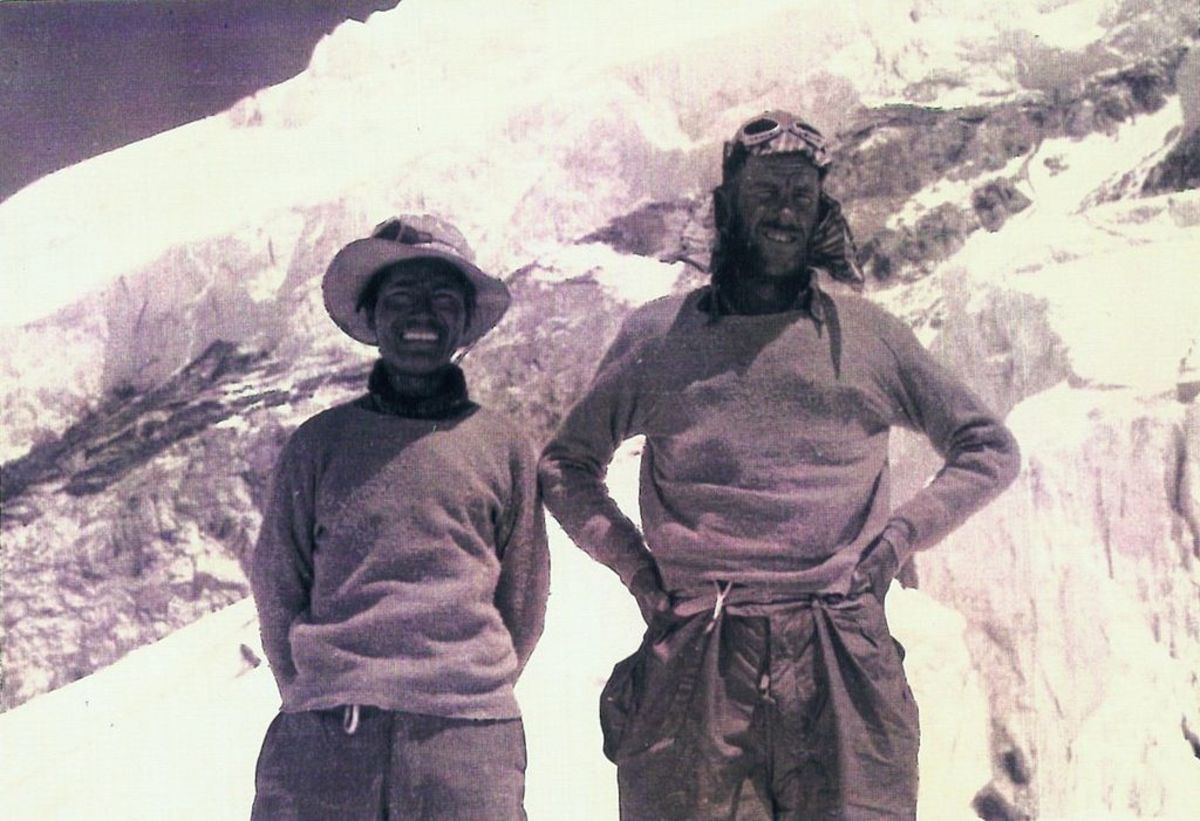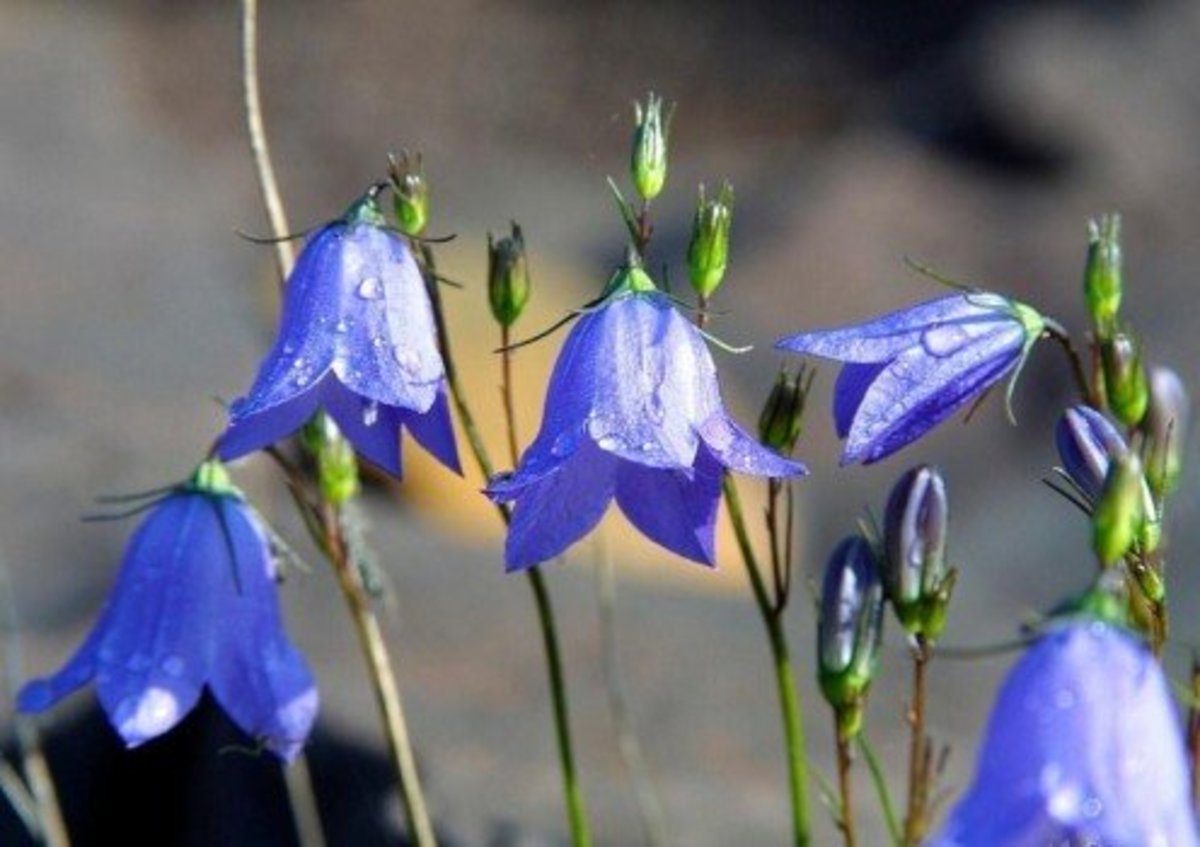Interesting Facts About Mount Everest
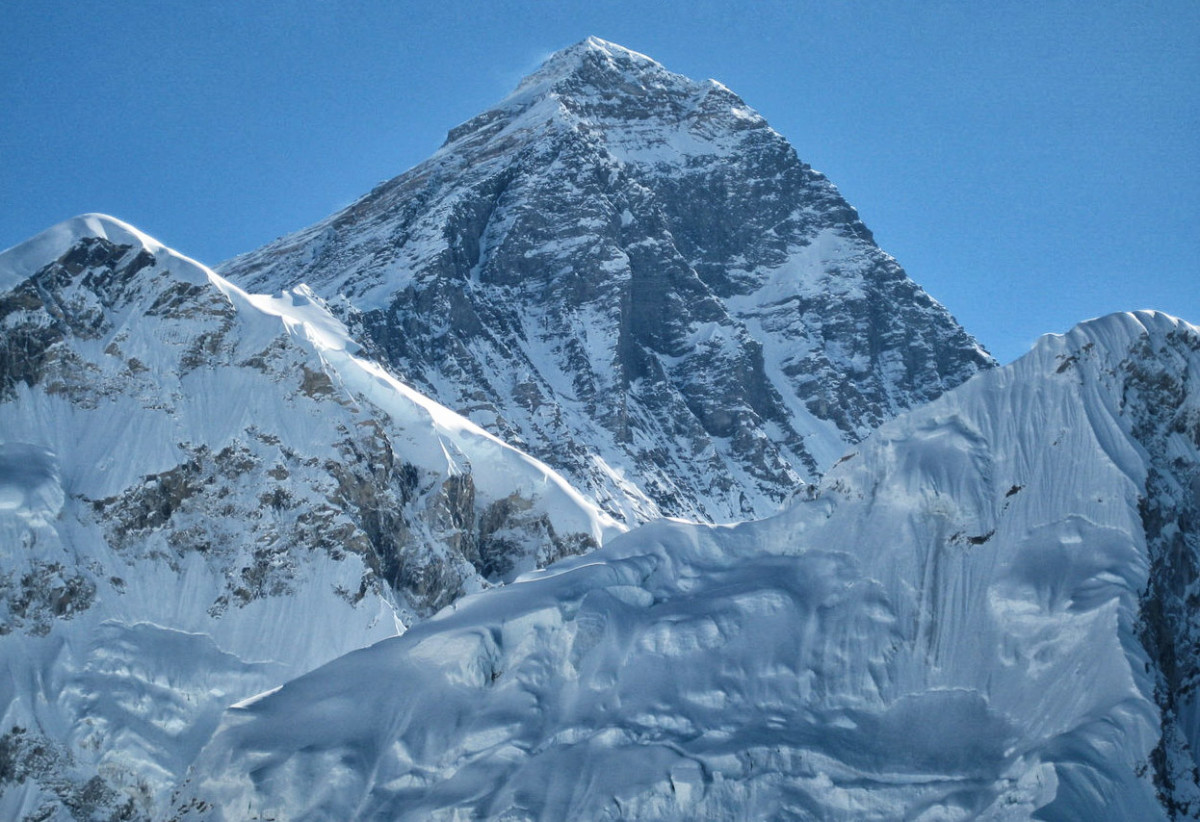
What do you want?
Nepal is sandwiched between the two giants India and China. One-third of 147,181 sq. km. land mass is covered by mountains. Eight of the world’s 14 mountains, with more than 8000 meter height, are in Nepal or stretched along Nepal-Tibet boarder including Everest (8848 meters), Kanchenjunga (8568 meters), Manaslu (8163 meters) and Annapurna I (8091 meters).
The world Himalayan Mountain Range is about 24000 kilometres long, and one third of the world Himalayan Mountain Range (about 800 kilometres) is in Nepal. About 1500 mountains in Nepal’s Himalayan Mountain Range are above 5000 meters.
Mount Everest is called Sagarmatha in Nepal and Chomolungma by the Tibetans. According to widely held belief, Everest is a deity, which should be propitiated with ritual worshiping before climbing.
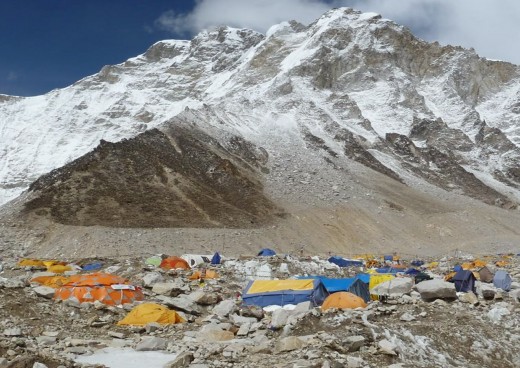
Numbers of Climbers on Mount Everest (2003-2013)
Year
| No. of Climbers
|
|---|---|
2003
| 159
|
2004
| 165
|
2005
| 112
|
2006
| 193
|
2007
| 257
|
2008
| 385
|
2009
| 367
|
2010
| 364
|
2011
| 377
|
2012
| 406
|
2013
| 512 +
|
Source: Nepal Government
World Records on Mount Everest
- Edmund Hillary (New Zealand) and Tenzing Norgay (Nepal) climbed Mount Everest first time on 29 May, 1953
- Junko Tabei (Japan) was the first woman to reach the Everest summit for the first time in May 1965.
- Peter Habeler (Austria) and Reinhold Messner (Italy) climbed the Everest without oxygen for the first time in May 1978.
- Thomas Whittaker (USA) was the first handicapped person to climb Everest. He reached the summit with artificial leg in 1998.
- Appa Sherpa (Nepal) is the only person to climb Everest for 16 times.
- Temba Chiring Sherpa (Nepal) was the world’s youngest mountaineer to reach Everest. He climbed Everest at the age of 16, in May 2001.
- Babu Chhiri was the first and the only person to spent 21 hours on the summit of Mount Everest without Oxygen.
- The shortest time to reach Everest is recorded at 8 hours and 10 minutes. It was done by Pemba Dorje Sherpa (Nepal)
- Davo Karnicar was the first person to descent Everest on skis. He performed his feat in 2000.
- Pem Dorjee and Moni Mulepati of Nepal were married on the summit of Mount Everest.
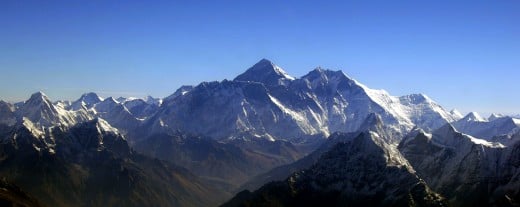
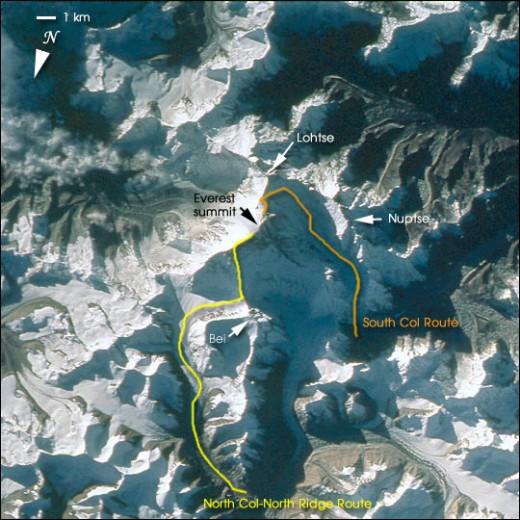
Creation of Himalayan Mountain Range
Himalayan Mountain Range consists of world’s youngest, yet highest, mountains, popularly called Himalayas. The mighty Himalayas were created hundreds of thousands years ago when the Gondwanland, which is now Indian sub-continent, collided with Central Asian plate, what is now known as Tibet. The Gondwanland and Central Asian Plate were separated by Tethys Sea. As the Gondwanland continuously moved north, towards Central Asian Plate, Tethys Sea began to disappear, and the collision prompted the land mass to rise, thus forming majestic Himalayas.
Geologists believe that the Indian sub-continent is still pressing on Tibetan plateau making the Himalayas get taller. When the Everest was measured in 1852, it was 8840 meters from the sea level, but now it is said to be 8850 meters.
The Himalayas consist of metamorphosed rocks as well as sandstone and lime stone. Fossils of creatures that once lived in Tethys Sea are still found in the Himalayas.
Seasons for Everest Expedition
- Spring (March, April, May)
- Summer (June, July, August)
- Autumn (September, October, November)
- Winter (December, January, February)
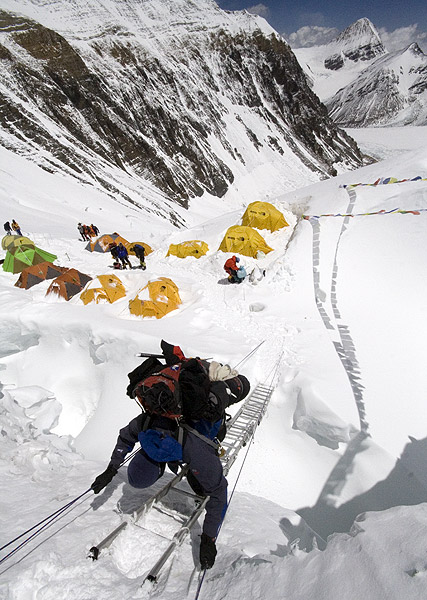
Different Ways to Experience Mount Everest
- Everest Expedition
- Everest Base Camp Trek
- Mountain Flight to Everest
How was Mount Everest Discovered
Modern frontiers and rough map of Nepal were drawn only after the conclusion of Nepal-Britain war (1814-16). Even though the British surveyors surveyed some of the parts of the country and rough map of Nepal was drawn before the war, modern frontiers of Nepal were drawn only after the war. In 1809-10, British surveyor W.S Webb calculated the height of Dhaulagiri (which was somewhat near to the actual height) and said it was the world’s tallest mountain. Actually, Dhaulagiri (8167m/26795ft) is the seventh tallest mountain in the world.
After the war, Nepali terrain became accessible to the western world. British surveyors travelled far and wide and observed the positions and the heights of the great Himalayas. In 1852, Kings of Nepal granted the Government of British-India to carry major surveys in Nepal.
The surveyors named a certain mount ‘peak b’ and later ‘XV’ and began calculating its height. After many years of calculation, Andrew Waugh, the Surveyor General of British-India, confirmed that XV was 8840m/29002ft tall. In 1956, Waugh announced his finding and named the peak after George Everest, his predecessor.
In the beginning, the name was protested by Brain H. Hodgson, the British Resident in Nepal, as well as George Everest Himself. However, since no one came up with better suggestions, the name Everest was settled for the world’s tallest mountain.
In 1999, NASA and the National Geographic Society jointly calibrated the new height of the Everest. The world’s tallest mountain is 8850m/29035ft tall.
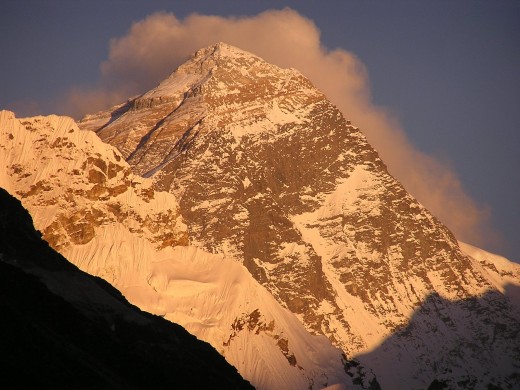
The World’s 14 Highest Mountains
Name
| Height in meters
| Location
| First Ascent
|
|---|---|---|---|
Everest
| 8850
| Nepal
| 1953
|
K2
| 8611
| Pakistan
| 1954
|
Kanchenjunga
| 8586
| Nepal
| 1955
|
Lhotse
| 8516
| Nepal
| 1956
|
Makalu
| 8463
| Nepal
| 1955
|
Cho-Oyu
| 8201
| Nepal
| 1954
|
Dhaulagiri
| 8167
| Nepal
| 1960
|
Manaslu
| 8163
| Nepal
| 1956
|
Naga Parbat
| 8125
| Pakistan
| 1953
|
Annapurna I
| 8091
| Nepal
| 1950
|
Gasherbrum I
| 8068
| Pakistan
| 1958
|
Broad Peak
| 8068
| Pakistan
| 1957
|
Gasherbrum II
| 8035
| Pakistan
| 1956
|
Shisapangma
| 8013
| China
| 1964
|

Royalty for Everest Expedition I
Member of the mountaineering expedition
| Mountaineering
| royalty
| (In USD)
|
|---|---|---|---|
Spring
| Autumn
| Winter/Summer
| |
One
| 25000
| 12500
| 6250
|
Two
| 40000
| 20000
| 10000
|
Three
| 48000
| 24000
| 12000
|
Four
| 56000
| 28000
| 14000
|
Five
| 60000
| 30000
| 15000
|
Six
| 66000
| 33000
| 16500
|
Seven
| 70000
| 35000
| 17500
|
Per additional member (Maximun 15 members)
| 10000
| 5000
| 2500
|
Everest Expedition Royalty for South East Ridge Route; Source Nepal Government
Royalty for Everest Expedition II
Member of the mountaineering expedition
| Mountaineering
| royalty
| (In USD)
|
|---|---|---|---|
Spring
| Autumn
| Winter/Summer
| |
One
| 15000
| 7500
| 3750
|
Two
| 21000
| 10500
| 5250
|
Three
| 27000
| 13500
| 6750
|
Four
| 33000
| 17500
| 8750
|
Five
| 39000
| 19500
| 9750
|
Six
| 45000
| 22500
| 11250
|
Seven
| 50000
| 2500
| 12500
|
Per additional member (Maximun 15 members)
| 10000
| 5000
| 2500
|
Royalty for Everest Expedition other than South East Ridge Route; Source Nepal Government

Everest Summit
Mount Everest
© 2013 Vinaya Ghimire

